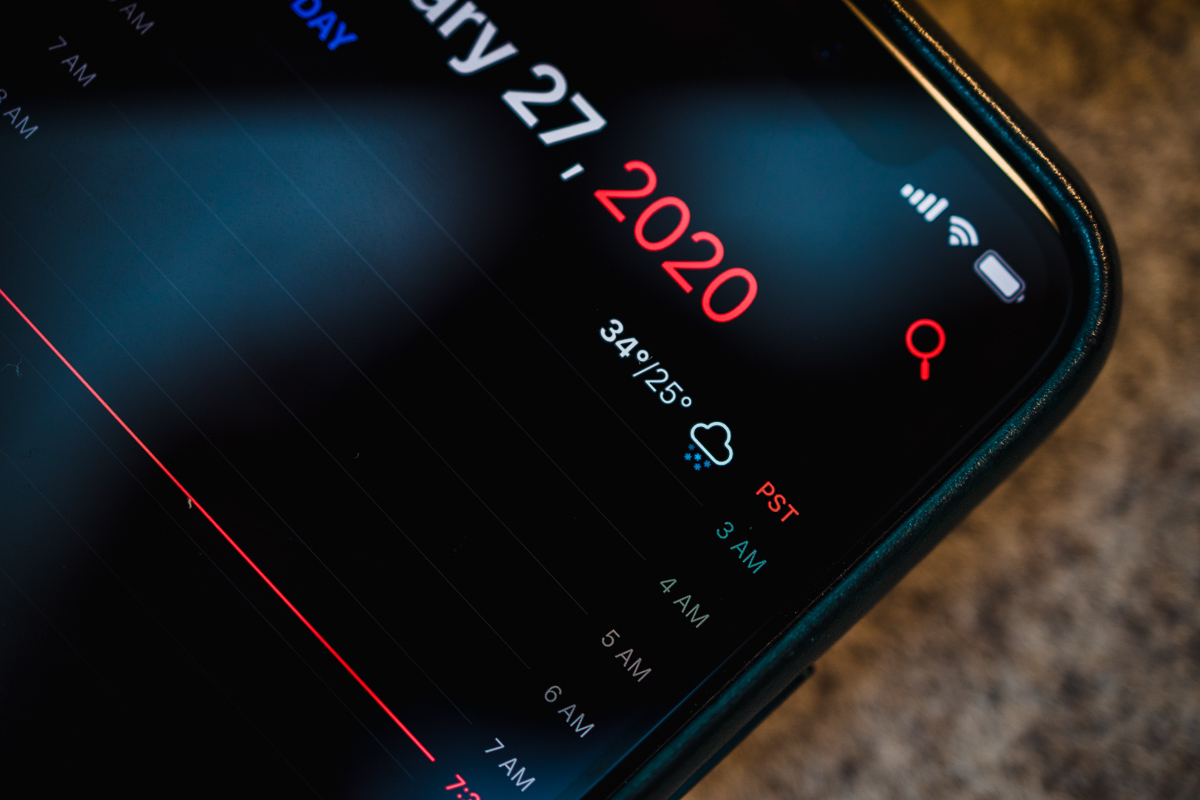How I Use Time Blocking to Increase My Efficiency

Time blocking is something that took a while to click for me. I understand the concept of dependent tasks, and time restrictions as well, and once the pieces fell into place it really became a game changer for me. The somewhat elusive nature of timeblocking is exactly why we created a course on the topic.
I initially tried time blocking years ago when David Sparks first talked about it on the Focused podcast with Mike Schmitz. It didn’t really stick, but one thing I did like was having my work in my calendar. Even though I don’t work shifts — and I usually work the same hours every day — having that in my calendar made a difference. If I need to podcast earlier, I can see it and drag my work block earlier in the day to allow for it. My work blocks are repeating events in my calendar, which means I don’t need to add those every week — and I can plan ahead easily. At the start of the month I look ahead and remove work from holidays, and adjust the events where I have a podcast recording or another appointment already planned.
A mistake I made when I first started time blocking was duplicating events from existing calendars. That meant when they moved, my time blocking was immediately incorrect. I’ve now adjusted and do not duplicate any events. I have a time blocking view calendar set in Fantastical that gives me the need-to-know information.
Many things I block time for are predictable. When I have a podcast recording, I need a block of time to prep, fore example. When it’s my turn to release a podcast episode, I need time to do that as well. When I have a show for ScreenCastsOnline due, I need to schedule several blocks of time for the different tasks. I’ve tried several approaches for this, but the solution that has stuck involves some automation, and then some manual work. First of all, I run a Shortcut every week on Sunday evening. It looks at my calendar for specific events and if it finds one that matches the criteria (e.g. an event that’s not an all day event in the Nested Folders calendar), then it adds a half hour block of time to my calendar. Originally when I started I tried to be smart and figure out when my next “free” time would be, but this doesn’t account for the fact that sometimes I don’t want or need to do things too far in advance, and it was honestly complex and prone to error. Now all of my time blocks are set for 9am on Monday. Yes, this does mean they all clash with one another, and no — I don’t have a time turner from Harry Potter. Instead, I add these to my calendar and then open the app and manually drag events around. Each event on my time blocking calendar has an alert at the start of the event, and I try to schedule them with a gap in between. This allows me to relax, or start a load of laundry, read some articles, or catch up if I’m running behind.
Next, I open OmniFocus on a daily basis and look at my tasks. I do this in the evening and plan out what I need to do the next day along with the best time to do it. I frequently add an estimated time to the task, and then drag it to the calendar. Sometimes I add a more generic block such as Errands, which will encompass multiple tasks — but again, I have a shortcut for this that adds a URL to link to the right perspective in OmniFocus.
What I’ve recently started doing is adding time blocks for my routines, which are recurring time blocks every day, but I frequently adjust the time. The URL in the event links to my OmniFocus project, and this serves as a prompt to do my routine tasks. I have five routines: morning, start of work, end of work, end of day, and before bed. It sounds like a lot, but each block is only 15 minutes, and it’s really helping me stay on top of things and has become a great help as I work to set up new systems and habits.
We have more useful workflow examples right here.
The Sweet Setup Staff Picks for 2022
We spend an inordinate amount of time sorting through hundreds of apps to find the very best. Our team here at The Sweet Setup put together a short list of our must-have, most-used apps in 2022.
